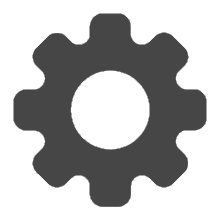

Introduction
reframing humans and information systems
pp. 1-14
in: Samuli Pekkola (ed), Reframing humans in information systems development, Berlin, Springer, 2011Abstract
Recent development of information and communication technologies (ICT) provides information systems (IS) designers with new potentialities to build systems for various purposes. The ongoing digital convergence refers to and discloses new views on the interactive reconfiguration of technological and social arrangements on a large scale in the contemporary society (Tilson et al. 2009). In addition to work-related activities, people use new technologies for increasingly diverse purposes, for example organizing their domestic affairs, for finding information and e-services, and for staying in touch with their friends and relatives (Lyytinen and Yoo 2002; Sørensen and Yoo 2005; Iivari et al. 2010). Different uses of IS can be classified to range from automation, support and mediation to informing, entertaining, artisticizing and accompanying (Iivari 2007). In addition to these seven "traditional" archetypes of IT applications, the emergence of ubiquitous computing and wearable computers supported by wireless technologies and distributed interfaces facilitates the design of innovative new applications for users.


